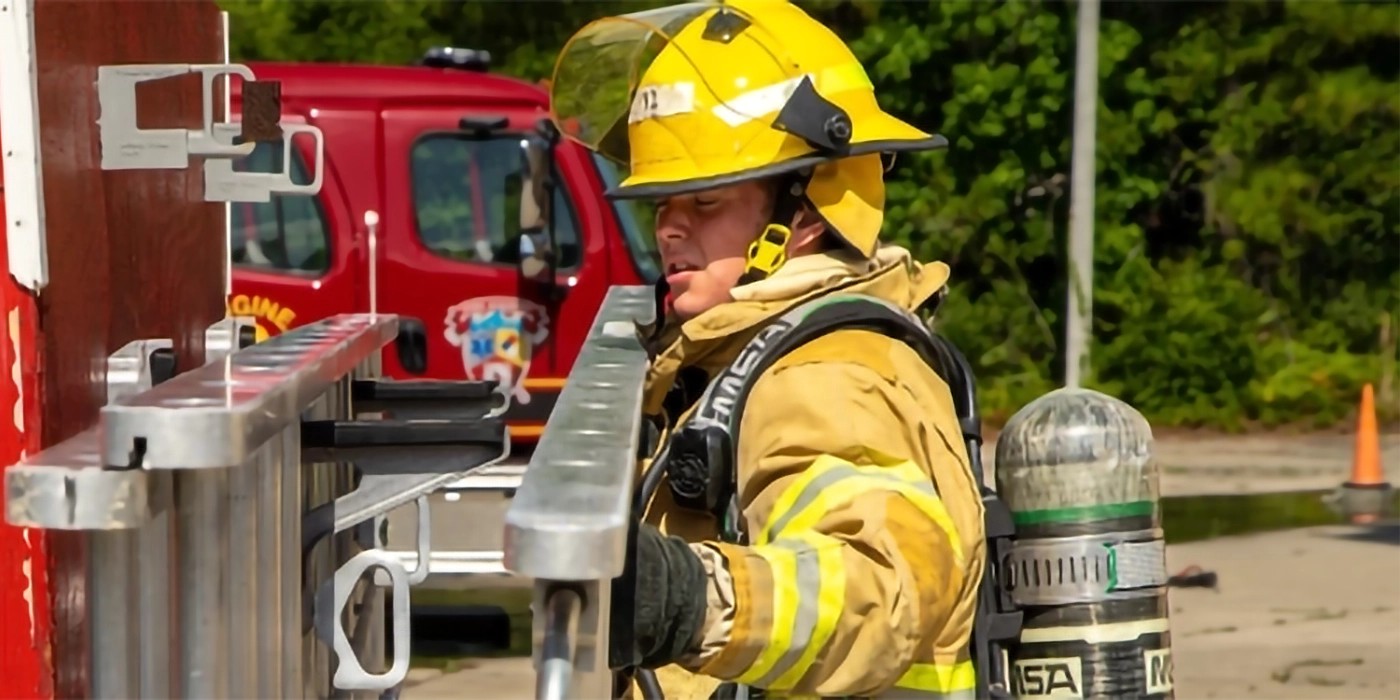Takeaways
- Florida’s firefighter certification process involves rigorous training, exams, and compliance with strict eligibility criteria.
- Advanced certifications, like Fire Instructor and Fire Officer programs, offer pathways for career development and leadership.
- Specialized training equips Florida firefighters to handle unique challenges, such as hurricanes and crowd management.
Firefighter Certification in Florida
Firefighter certification plays a critical role in ensuring public safety and emergency readiness. The Florida Bureau of Fire Standards and Training (BFST) governs this process, ensuring uniformity and high standards across the state. Aspiring firefighters must complete rigorous training programs and meet stringent qualifications to earn their credentials. This guide provides a detailed overview of what it takes to achieve certification and succeed as a firefighter in Florida.
Eligibility Criteria for Aspiring Firefighters
Age and Educational Requirements
Candidates must meet basic eligibility standards before pursuing certification. These include being at least 18 years old and holding a high school diploma or equivalent. Aspiring firefighters must also demonstrate their readiness for the challenges of the profession through these fundamental qualifications.
Physical and Medical Fitness Standards
Becoming a firefighter demands physical strength and endurance. Candidates undergo a physical agility test designed to assess their fitness for the job. Psychological evaluations ensure mental readiness for high-pressure situations. Additionally, Florida enforces a strict tobacco-free policy, promoting long-term health for its firefighters.
Background Checks and Legal Eligibility
A clear background check is essential for candidates. Firefighters handle sensitive responsibilities, so maintaining ethical standards is non-negotiable. Departments prioritize trustworthiness and integrity in every recruit.
The Firefighter Minimum Standards Course
Overview of Firefighter I and Firefighter II Training
The Firefighter Minimum Standards Course forms the foundation of firefighter training in Florida. This program includes Firefighter I and Firefighter II levels, covering classroom lessons and hands-on drills. Trainees learn fire suppression, rescue techniques, and emergency response strategies to handle various scenarios effectively.
Locations of Certified Training Centers in Florida
Florida offers certified training centers across the state, ensuring accessibility for all candidates. Urban areas feature state-of-the-art facilities, while rural locations provide tailored programs for smaller communities. Aspiring firefighters should evaluate course offerings, costs, and locations when selecting a center.
Costs and Financial Assistance Options
Training fees vary across institutions, but financial assistance can help ease the burden. Scholarships and grants specifically for firefighter training are available. Many programs, including firefighter classes online, cater to students seeking flexibility in their training schedules.
Certification Exams and Compliance Requirements
Written Examination Structure
Certification exams include a comprehensive written test covering theory and safety protocols. Preparation resources, such as study guides and practice tests, help candidates succeed. Understanding these expectations ensures readiness for this critical step.
Practical Skills Assessment
Candidates must also demonstrate proficiency in hands-on skills during the practical exam. This assessment evaluates their ability to handle real-world fire and rescue situations. Challenges may include handling equipment, performing rescues, and managing fire suppression tactics.
The Certificate of Compliance Application Process
Once candidates pass the exams, they must apply for the Florida Firefighter Certificate of Compliance. This process requires accurate documentation and timely submission to avoid delays. Following these steps ensures certification and eligibility to work in the state.
Comparisons to Certification Requirements in Other States
Florida’s certification standards differ from those of other states in several ways. Unique policies, such as the non-tobacco use rule, set it apart. Candidates relocating from other states may need to complete additional requirements to meet Florida’s standards.
Success Rates and Trends in Certification
Pass/Fail Rates and Trends
Certification exams in Florida show consistent pass rates, reflecting the quality of training. For example, thousands of candidates successfully achieve Firefighter II certification annually. Preparation and determination play key roles in these outcomes.
How Certification Aligns with Recruitment Needs
Florida’s growing population increases the demand for firefighters. Certification programs align with recruitment goals to address workforce needs. Retirements and turnovers also create opportunities for new candidates.
Advanced Certifications and Career Development Opportunities
Specializations Beyond Firefighter II
Certified firefighters can pursue advanced roles, including hazardous materials or urban rescue operations. Programs like Fire Instructor 1 prepare professionals for teaching and leadership positions.
Leadership and Officer Training Programs
Fire Officer certifications open doors to supervisory roles in the fire service. Programs like Fire Officer classes online help candidates advance their careers. Aspiring leaders should explore these training options to build their skills.
Common Questions About Florida Firefighter Certification
FAQ
- What happens if I fail the certification exams?
Candidates can retake failed portions of the certification exams. Preparation resources and practice tests help improve success rates. - Can out-of-state firefighters work in Florida?
Out-of-state firefighters may qualify if their training meets Florida’s standards. Additional courses or exams may be required. - How long does it take to become certified?
Completing certification typically takes 3-6 months, depending on the program and schedule.
Where Certification Meets Real-World Challenges
Specialized programs like Crowd Manager Training prepare firefighters to manage large-scale events. Florida’s certification process also equips them for state-specific hazards, such as hurricanes and wildfires. As emergency needs evolve, firefighter training continues to adapt, ensuring communities remain safe.
References
Fire Fighter Minimum Standards Course at Valencia College
Valencia College offers a comprehensive Firefighter I and II program, preparing students for state certification with a blend of classroom instruction and practical training.
Fire Fighter I/II Career Certificate at Florida SouthWestern State College
This 492-hour course at FSW prepares students to sit for the State of Florida Firefighter II Certification exam, combining Firefighter I and II training over seven months.
Firefighter Minimum Standards at Florida Gateway College
FGC’s program offers Firefighter I and II certifications, enabling graduates to serve as volunteer or career firefighters within Florida, with a strong emphasis on practical skills.
Become a Firefighter – City of Miramar
The City of Miramar outlines the general and training requirements for aspiring firefighters in Florida, including age, education, and certification standards.
Firefighting Academy at St. Petersburg College
SPC’s Firefighting Academy prepares students for a career in firefighting, offering state-of-the-art training facilities and certification pathways approved by the Florida Bureau of Fire Standards and Training.




